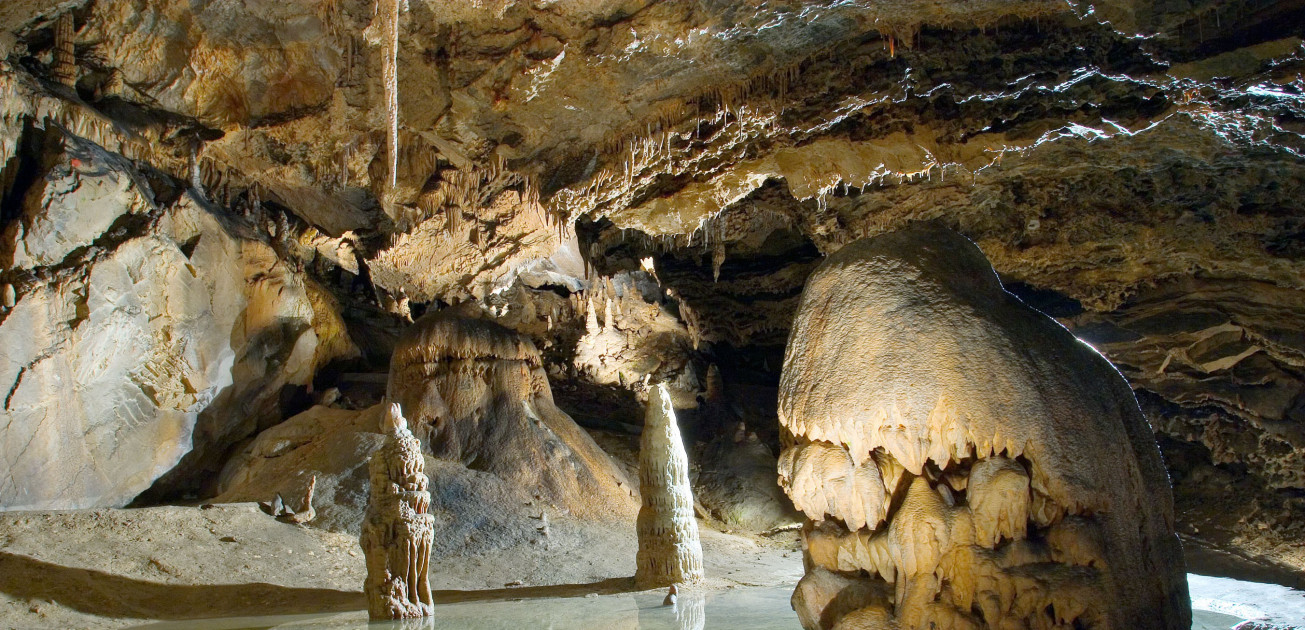


"Our world’s caves are places of wonder, mystery and majestic beauty. Show caves around the world are embracing their role in protecting and preserving caves and providing a place for people to learn about these special, natural, cultural and historical resources.
Show caves also play another important nature tourism role of sustainable economic development, providing jobs, and helping the economy of their regions.”
The Cave of Isturitz (West Pyrenees, France): One Century of Research in Paleolithic Parietal Art Diego Garate 1,*, Aude Labarge 2, Olivia Rivero 1, Christian Normand 1 and Joëlle Darricau 3
| Resource name: | Cave of Isturitz: One Century of Research in Paleolithic Parietal Arts |
|---|---|
| Type of resource: | Article |
| Author(s): |
Darricau Joelle |
| Keywords: | cave art; Isturitz; Magdalenian; Basque Country; engravings |
| Category: | Prehistory |
| Page from: | 0 |
| Page to: | 0 |
The cave of Isturitz is one of the most important archaeological sites of the prehistory of Western Europe. Human occupations followed each other in the cavity from at least the Middle Paleolithic to the Roman age. In 1913, Passermard started archaeological excavations there, and a calcite pillar was discovered next to the original entrance that was sculpted with a dozen of animal representations. In this excavation, the Magdalenian levels yielded a considerable quantity of portable art objects. In the last few years, several workers have resumed the study of those pieces. Since 2011, we have created a research team for the study of the parietal figures of the cave, as well as other elements, for example the objects embedded in the walls. We present here our first results, which improve in the understanding of the artistic activities of Upper Palaeolithic people by shedding light at the art analyzed in Isturitz.